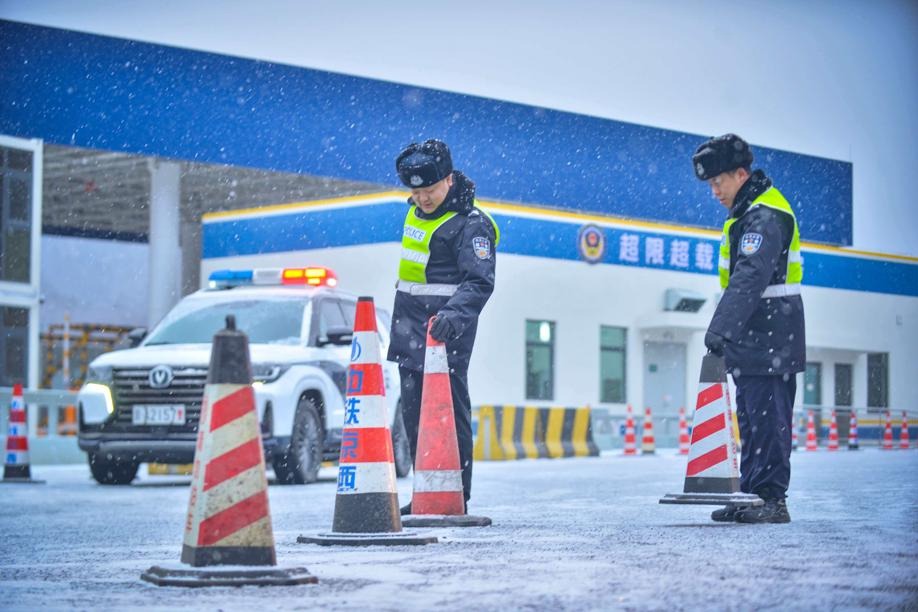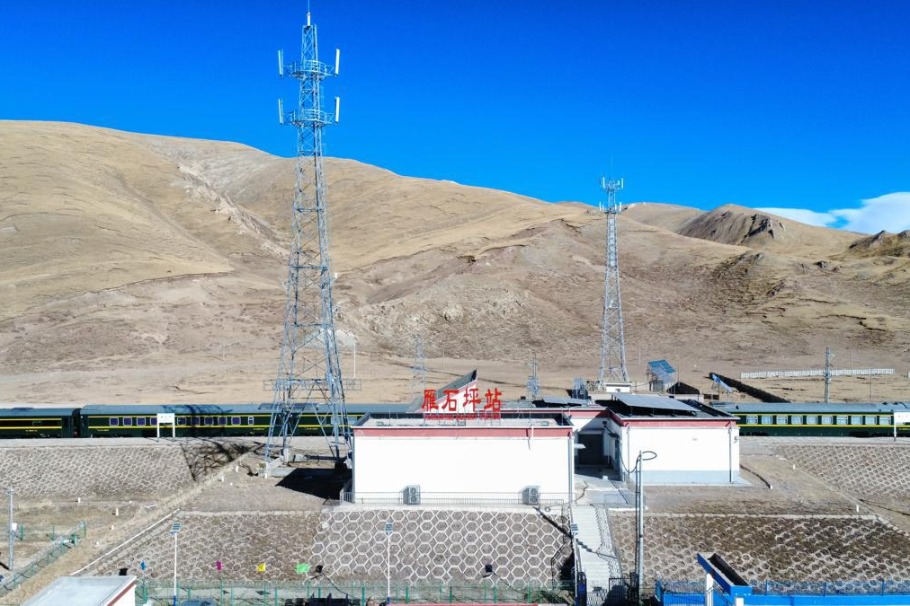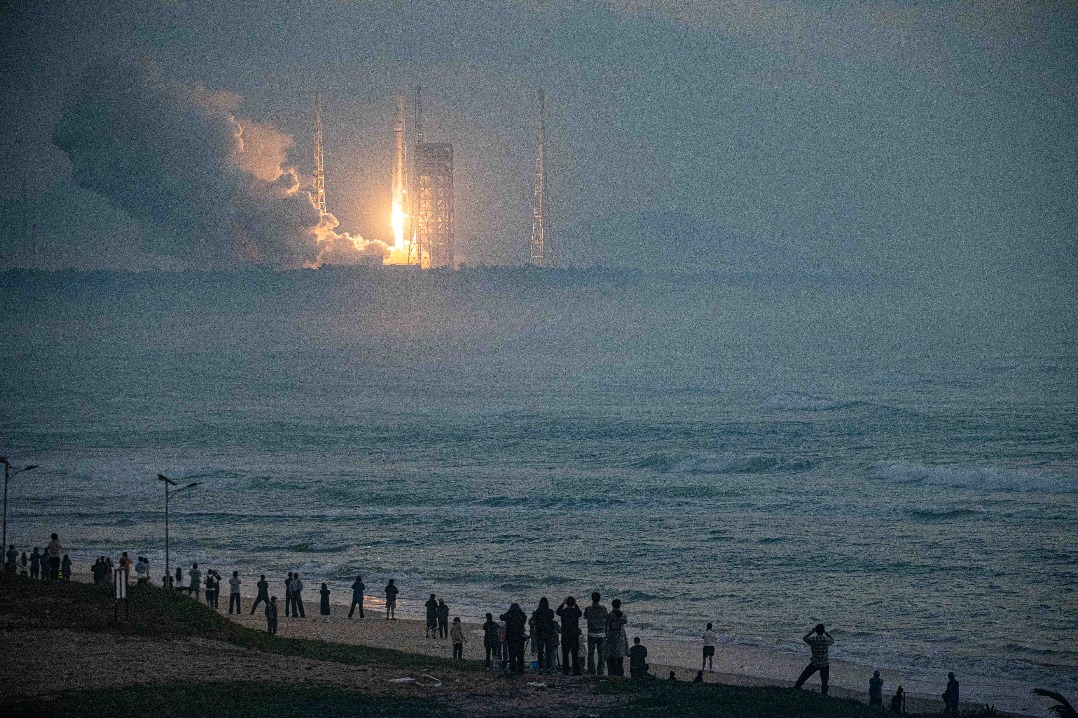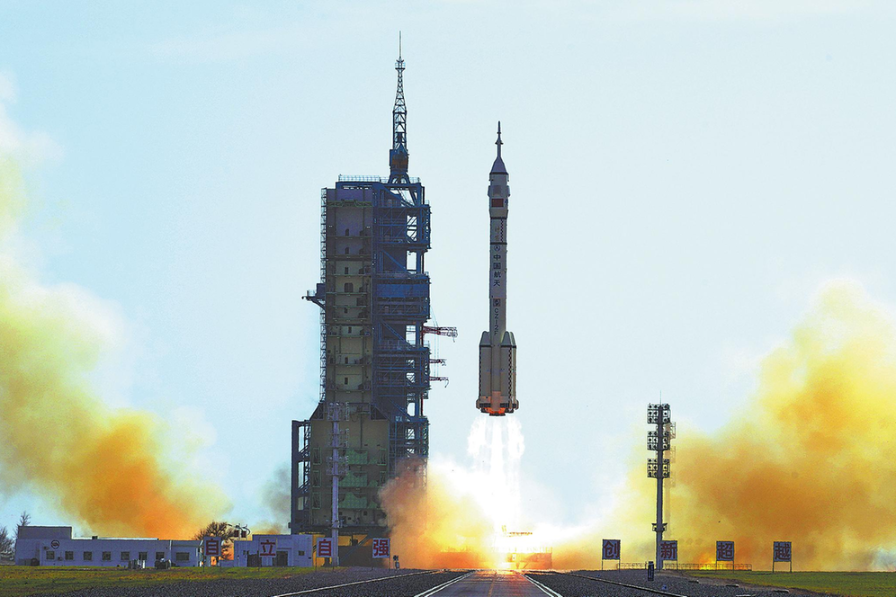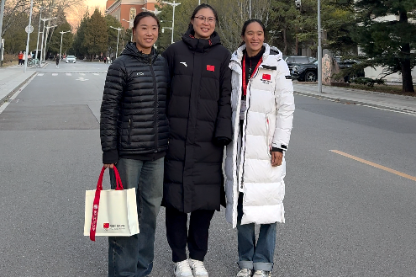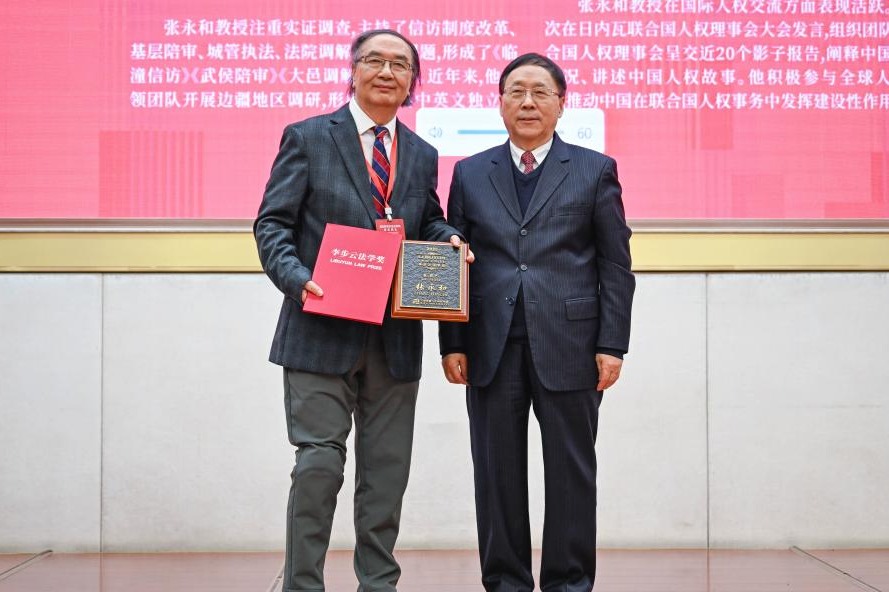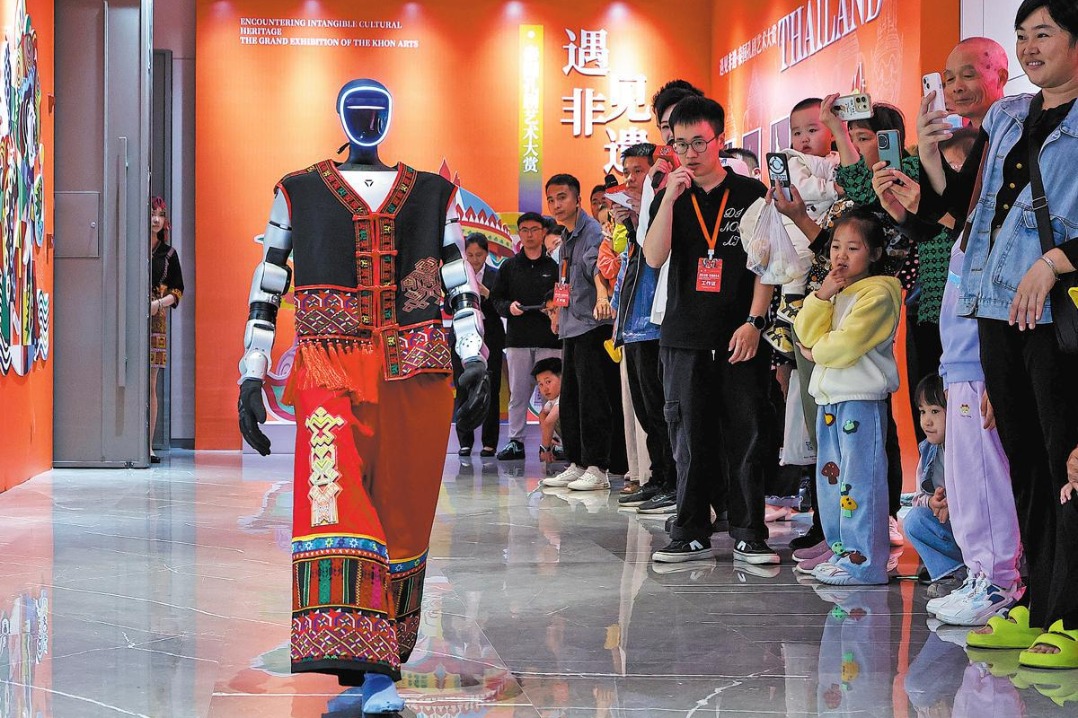4 years of breakthroughs in regional integration

BEIJING -- Less than 30 km away from Beijing, Hebei's Xianghe county is most famous for its cheap, delicious pies made of pork, beef or mutton, which have more than 200 years of history.
In the past four years, however, an utterly different industry has been taking shape in the meat pie county: robots.
A spate of high-end robot manufacturers have moved to Hebei to take advantage of the lower costs, including German company Nimak Welding (Beijing) Ltd, following the regional integration in Beijing, Tianjin and Hebei launched in 2014.
Sun Liang, with the company's marketing department, said that it took only a few months for the company executives to decide to move to Xianghe.
In late 2016, his company decided to relocate to a robot-making area in Xianghe for market expansion in the province.
Construction of the government-supported area began in 2014, and the government provides preferential policies for companies operating there, according to Zhang Jinwu, a local official.
Nimak sold 1,000-plus robots with an output value of more than 200 million yuan ($32 million) last year, "a very good start," Sun said.
The company has more than 160 employees, of whom almost half are locals of Xianghe.
About 1,400 high-tech companies from Beijing and Tianjin have moved to Hebei since 2014. Last year, Hebei obtained 250 billion yuan of funding through the Beijing-Tianjin-Hebei regional cooperation mechanism.
"Traditionally when people in China speak of Xianghe, they think of meat pies," Sun said. "But from now on, robots will replace meat pies to speak for Xianghe."
Beijing and Tianjin municipalities along with Hebei Province form one of China's most economically developed regions. Over 100 million people inhabit the region with an area of 216,000 square km.
Officials were urged to bear in mind coordination and integration when building the economic zone surrounding Beijing, and note the need for balancing development, the environment, population and resources.
In the past four years, several breakthroughs have been made in regional integration.
GOING HOME, THE HIGH-SPEED WAY
Diao Hongqi works for the Tianjin Tiantie Metallurgy Group Company in the mountain areas of Shexian County, Hebei Province.
The plant was built in 1969, when Diao was born. It currently employs more than 20,000 workers born in Tianjin.
The distance between Shexian County and Tianjin is about 550 kilometers. There used to be only two choices to travel between the two places: 13 hours by slow train, or 7 hours by coach.
"There was only one train every day, and the buses could be easily affected by weather," Diao said.
The rapid development of the transport network has changed all that. A high-speed train started operations between Tianjin and Hebei's Baoding in December 2015.
This has slashed Diao's travel time to less than 4 hours.
A round trip saves Diao 20 hours, allowing him to stay with his family in Tianjin for an extra day.
Transport in the region is rapidly improving. High-speed trains and world class airports are expected to make travelling even easier.
By 2030, major airports in the region will be effectively connected with railways to establish a strong and coordinated air transport system, according to a guideline released by the National Development and Reform Commission and the Civil Aviation Administration of China.
BETTER, CLEANER
In the 1970s, there was an old saying in Tianjin: You can make pickled vegetables with tap water. Affected by seawater, water quality in Tianjin was bad. Because of its bitter taste, Tianjin residents rarely used tap water to make tea.
To improve the water quality in Tianjin, water from the Luanhe River, which originates in Hebei, has been diverted into the municipality since 1983. Panjiakou Reservoir, located in Hebei, has been playing an important role in the Tianjin water supply.
However, a booming fisheries industry severely polluted the water in the reservoir, putting Tianjin water quality at risk.
Beginning in November 2016, government authorities in Hebei have been making efforts to curb water pollution caused by fisheries. Fish farmers were required to stop fish farming and clean up net cages. A total of 734 million yuan of subsidy has been distributed to fish farmers to reduce their losses.
Water quality improvement is part of efforts that authorities in the Beijing-Tianjin-Hebei region have made to clean up the environment. Coal consumption has been slashed and low-end manufacturing companies were shut.
Last year, average PM2.5 level in the region was 64 micrograms per cubic meter, down 9.9 percent on 2016.
BRIGHT FUTURE
Last year, China established the Xiongan New Area, 100 km southwest of downtown Beijing. Communist Party of China leaders agreed that it is significant for "restructuring the layout of the Beijing-Tianjin-Hebei region."
Chinese Vice Premier Zhang Gaoli on Sunday called for more effort to build the Xiongan New Area into a model for promoting high-quality development across the country. Zhang made the remarks at a meeting in Beijing on advancing the coordinated development of the Beijing-Tianjin-Hebei region.
"The future looks bright for the coordinated development of the Beijing-Tianjin-Hebei region," said He Yafei, with Renmin University of China. "The region has a high-tech talent pool, and the highly skilled people, coupled with rich resources, will unleash the huge potential here."
- Wave of freezing weather brings snow to northern China
- APEC 'China Year' kicks off at Shenzhen meeting
- HKSAR chief executive says to conclude residential complex fire probe within 9 months
- Viral scenic valley in China, not Japan, operators of tourist attraction clarify
- European Chamber Shanghai Chapter calls for stronger EU-China sustainability ties
- Former senior official at State Council body under investigation
















